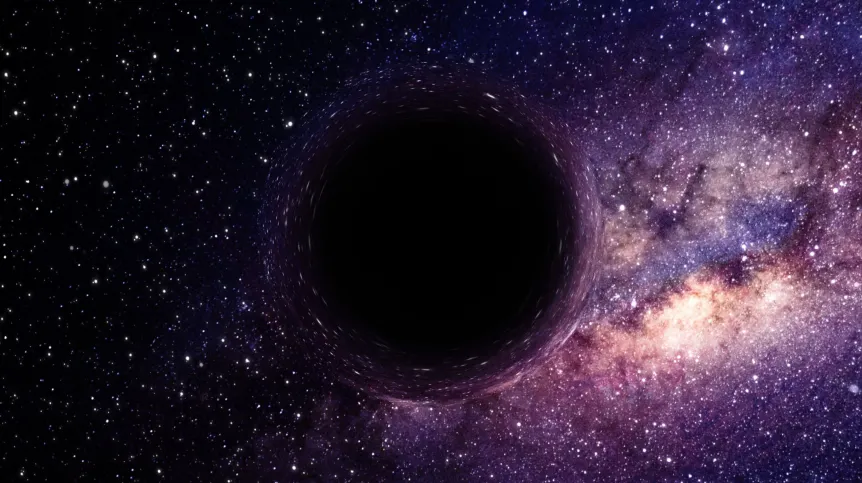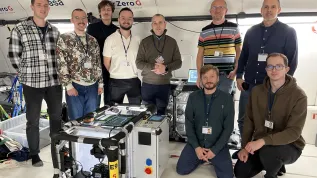
A decade after humanity first detected the faint ripples of gravitational waves traveling across the cosmos, scientists have confirmed one of Stephen Hawking’s most important theoretical predictions: the total surface area of black holes never decreases.
The breakthrough, announced by the National Centre for Nuclear Research (NCBJ) in Poland, involves an international collaboration known as LVK (LIGO-Virgo-KAGRA), which now monitors black hole mergers across the universe.
“Gravitational waves have opened a new window on the universe, and now they also allow us to test fundamental laws of black hole physics,” said Professor Andrzej Królak of NCBJ. “I am proud that, together with our team and the Polgraw-Virgo collaboration, we could contribute to this milestone.”
Królak, along with Dr Orest Dorosh and Dr Sreekanth Harikumar, are members of the Polgraw-Virgo group within the LVK network. Their work focuses on analyzing the precise signals emitted during black hole collisions, which reveal the properties and dynamics of these enigmatic objects.
The latest confirmation comes from the merger event GW250114, detected on January 14, 2025. Like the historic first detection, GW150914 in 2015, it involved two black holes each about 30–40 times the mass of the Sun, merging roughly 1.3 billion light-years from Earth. However, technological advances over the past decade have dramatically increased the sensitivity of detectors, producing clearer signals that allow far more precise measurements than were possible in the early days of gravitational wave astronomy.
Hawking’s surface area theorem, formulated in 1971, posits that although black holes emit energy in gravitational waves and can gain angular momentum during mergers, the total surface area of the resulting black hole must be larger than the sum of the initial black holes’ areas. Until now, this prediction had remained untested with high precision.
“GW250114 confirms this theorem with unprecedented accuracy,” Królak said. He added that his work also generalizes the theorem to cosmological contexts, expanding its applicability to black holes across the universe.
Since the first detection in September 2015, the LVK network — which includes LIGO detectors in Hanford, Washington, and Livingston, Louisiana, Virgo in Italy, and KAGRA in Japan — has observed over 300 black hole mergers, currently detecting about one every three days. During its ongoing fourth science run, the network has already identified around 230 merger candidates, more than double the total from its first three runs combined.
The confirmation of Hawking’s prediction not only validates half a century of theoretical work but also demonstrates how gravitational wave astronomy has transformed our ability to explore the cosmos. As Królak notes, “From a faint ripple in space-time to precision tests of fundamental physics, it has been a remarkable journey for the field — and for our understanding of black holes.”
The LVK team’s findings were published on September 10, 2025, underscoring a decade of scientific progress since the first direct evidence of gravitational waves reshaped astrophysics.
(PAP)
agt/ zan/ kap/
tr. RL













